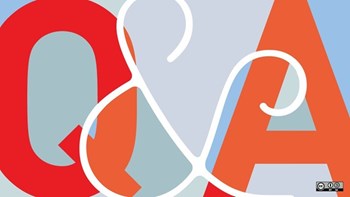
Q. What can be done if a unit owner who has not paid his or her maintenance for a year – and owes the association $30,000 – has now declared bankruptcy? How does the association get its money?
—Concerned Stakeholder
A. “The short answer is that an association may not get paid on the arrearage, or at least not all or even most of it,” says Mark Rosenbaum, an attorney with the Chicago firm Fischel & Kahn. “An owner who has gone bankrupt is often in foreclosure as well, which will further complicate things. And if the unit is underwater with the mortgage, the situation becomes even worse for the association.
“My descriptions of the effects of bankruptcy will be a very simplified analysis and will relate only to Illinois law as affected by the Bankruptcy Code. Bankruptcy is a very complicated area of the law. This article does not cover all situations.
“A bankruptcy case is started by the filing of a petition with the Bankruptcy Court. The mere act of the filing results in the entry of what is called the ‘automatic stay’ on all creditors (including the association). That means that no creditor can proceed against the debtor to collect on monies due, without the prior permission of the Bankruptcy Court. The Bankruptcy Court takes the stay very seriously. A creditor who violates the stay will find itself in front of the Court on a charge of contempt. Penalties can and will be assessed. So all collection efforts must stop, including pending collection efforts in state court. And if the unit is owned by more than one person, and only one of them files a petition, collection must stop against the other owner(s) as well.
“There are two types of bankruptcy petitions that an association usually sees: Chapter 13 and Chapter 7.
“In a Chapter 13, the unit owner (known in Bankruptcy law as the ‘debtor’) thinks he/she can pay the creditors, but simply needs additional time to pay. The debtor submits a payment plan to the court, which may approve the plan. A plan typically extends the time for payments to be made to creditors, sometimes for years. If approved, as long as the debtor is making the necessary payments under the plan, the association cannot pursue the debtor for collection on assessments or other monies due under the plan. A plan will typically pay secured creditors 100 percent of the debt due as of the date of filing. But a plan may possibly not require 100 percent payment to unsecured creditors. To protect its interests, the association must file a Proof of Claim with the Bankruptcy Court to evidence the debt it is owed and to show that it is a secured creditor. In Illinois, since the association has a lien on the unit for unpaid assessments and other charges (765 ILCS 605/9(g)(1)), and is thus a ‘secured creditor’ the debtor must typically agree to pay 100 percent of what the association is owed as of the date of filing, even if under the plan it takes several years to do so. So eventually, in most situations (see below for some exceptions) the association should get paid the balance that was due as of the date of the bankruptcy filing.
“In a Chapter 7, things are different. The filing of a Chapter 7 (or the conversion of a Chapter 13 to a Chapter 7) will result, if the debtor eventually receives a ‘discharge’ from the Bankruptcy Court, in the debtor having no further personal obligation to pay the arrearage. The association’s lien on the unit for the unpaid amount remains in place, but the association cannot sue the owner personally or enforce any existing personal judgment against the debtor for monies due as of the date of the filing. Under a Chapter 7, an association does not need to file a Proof of Claim unless the Bankruptcy Court notifies the creditors (including the association) to do so.
“Under both Chapter 7 and Chapter 13, the debtor, under Bankruptcy Code Section 523(a)(16), must (in most cases) pay the assessments that come due after the date of filing. So if a bankruptcy petition is filed on June 10, the July (and after) assessments are still due from the debtor.
“If a Chapter 13 debtor defaults on his/her plan, or if a debtor fails to make post-filing assessment payments, the association can file a motion with the Bankruptcy Court to lift the automatic stay and ask to be allowed to proceed with collection as though the bankruptcy filing never existed. If there is a clear default or failure to pay, such motions are typically granted.
“Often a unit owner will file bankruptcy to stop (or at least slow down) a lender’s foreclosure action. It is my experience that, once a bankruptcy petition is filed, lenders very quickly make a motion to the Bankruptcy Court to lift the automatic stay to allow the foreclosure to restart/proceed. Those motions are very often granted. So a bankruptcy usually doesn’t slow a foreclosure down very long. If the unit goes to foreclosure sale, the result is often that the lender is the only bidder at the sale, and equity in the unit is effectively wiped out. While Illinois has a 6-month ‘superlien’ statute that allows an association to collect of up to 6 months of assessments (in some circumstances) and the association’s legal fees and costs incurred during the debtor’s ownership of the unit (765 ILCS605(g)(4) and (5)), those monies are only payable by a 3rd party buyer (not the foreclosing lender). So if the lender completes the foreclosure and takes title, the association will have to wait for the lender (now owner) to sell the unit, which could take months (or longer), before the association will be paid the superlien amounts.
“If the unit is, during the bankruptcy process, sold to a 3rd party buyer, and there is equity in the unit, the association can get paid all (or at least some part of the arrearage) at closing from the equity (after the 1st mortgagee is paid-by statute, the 1st mortgagee always has a claim on proceeds of a sale which claim is ahead of the association). If there is a 2nd mortgagee too, and if proper notice to the 2nd mortgagee has been given under the Illinois Condominium Property Act, then the association may be able to claim at least part of the equity ahead of the 2nd mortgagee. In essence, assuming the sale takes place, the fact that a bankruptcy case exists will not, ordinarily, affect the association’s right to enforce its lien by getting paid at the closing.
“If the unit is sold to a 3rd-party buyer during the bankruptcy process, and there is no equity in the unit, then the effect of the sale will be that the association loses its lien on the unit, and it becomes a mere ‘unsecured creditor’ to the extent of the unpaid balance of the amount of the arrearage due as of the date of the filing of the petition. It may then have to file an amended Proof of Claim in a Chapter 13 to reflect the change in its status from secured to unsecured creditor. So, for example, the association is owed $30,000 when a chapter 13 petition is filed, and the debtor pays $2,000 to the association under the Chapter 13 plan. The unit then gets sold (with no payment at the closing to the association). The association is required to refile its Proof of Claim showing it now as an unsecured creditor for $28,000. Being changed to unsecured creditor status will likely affect how much of its remaining claim gets paid, as a Chapter 13 plan may allow for less than 100 percent payment to unsecured creditors.
“Keep in mind that if the unit owner files bankruptcy, that usually means he/she has few assets. The debtor’s equity in the unit is likely his/her biggest asset. The unit may or may not have equity and even if it does, the 1st mortgagee will have a claim on the equity prior to the association. That prior claim may use up all or most of the equity, leaving little if any for the association. If a Chapter 7 discharge is granted by the Court, the association loses its right to pursue the debtor personally. So, in a Chapter 7 if the unit is sold and there is no equity in the unit, there is often no further way to collect to the arrearage. Even if the owner’s bankruptcy case is dismissed or the automatic stay is lifted, there is a substantial likelihood that the debtor is ‘judgment-proof’ at that time. So taking action to obtain a judgment (once it is permitted) will not generate much, if any, money. The only advantage to pursuing collection, if and when permitted, is that if the debtor eventually gets back on his/her feet and gets good job (which could be years later), a judgment will enable the association to continue to pursue the former owner for the back–assessments (assuming it can find the debtor).
“Frankly, once an owner files Chapter 7 and the unit gets sold or foreclosed out, it is usually the time to write off any remaining assessment arrearage as ‘uncollectible.’”



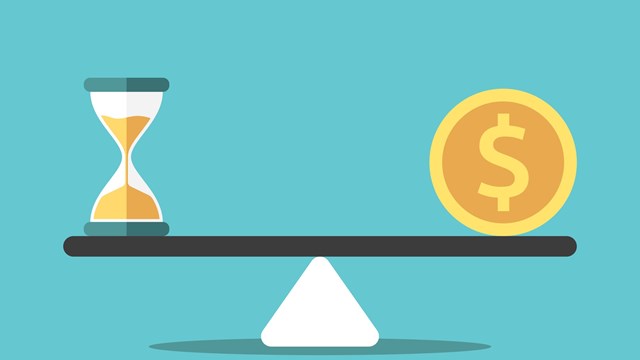

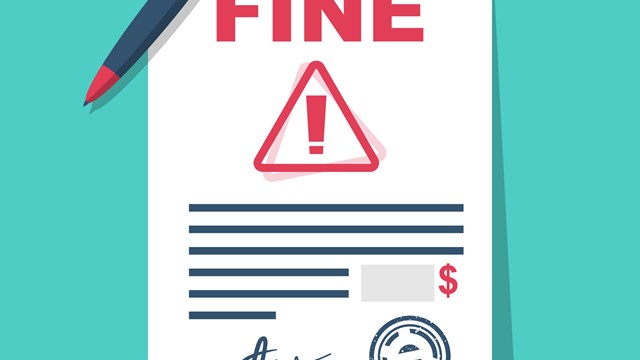
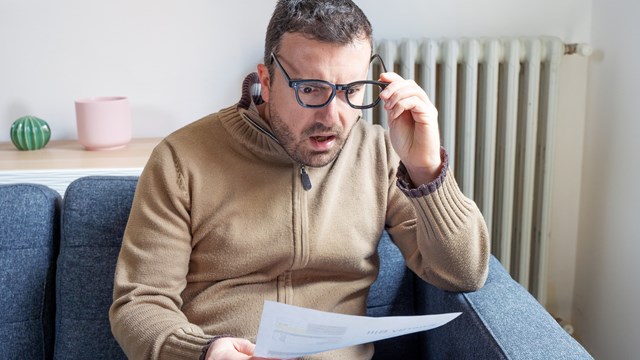

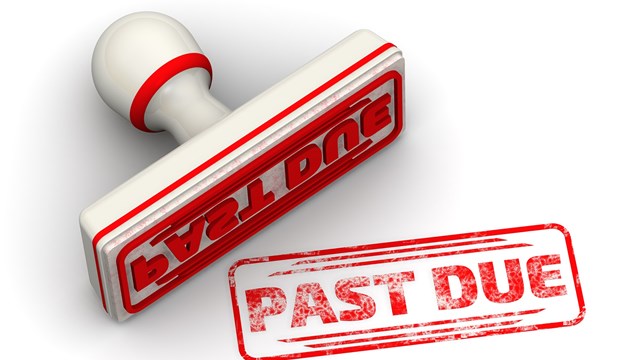
Leave a Comment